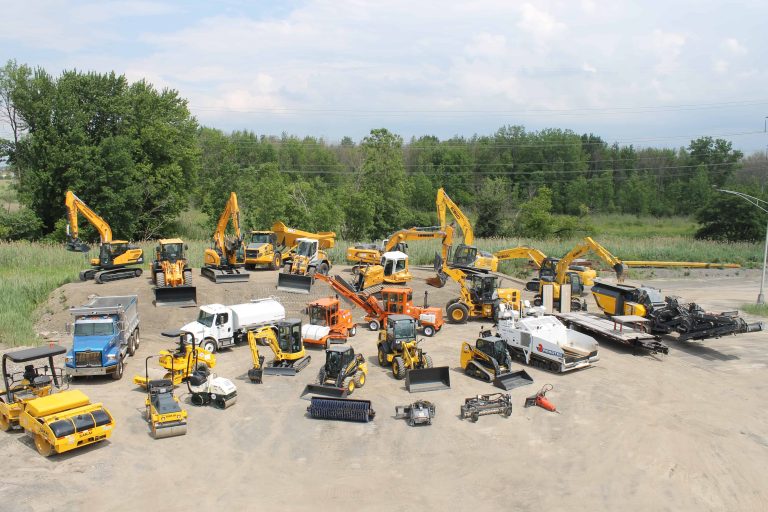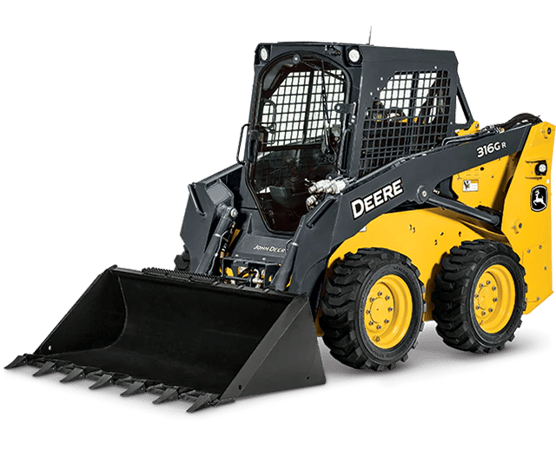Aerial Lift Rental: Versatile Training Solutions for High-Access Jobs
Aerial Lift Rental: Versatile Training Solutions for High-Access Jobs
Blog Article
Optimize Your Budget Plan by Recognizing the Costs Connected With Building And Construction Devices Leasings
Comprehending the full extent of expenses related to building devices rentals is essential for optimizing your budget plan. While the initial rental fee may appear simple, various extra expenses-- such as transport, fuel additional charges, and maintenance-- can quickly gather, impacting your financial preparation. Being mindful of various fees and the intricacies of rental contracts can aid prevent unforeseen monetary worries. What techniques can be used to effectively handle these expenses and ensure a much more reliable rental experience?
Summary of Rental Costs
When taking into consideration building and construction equipment rentals, recognizing the linked costs is extremely important for efficient budgeting and project preparation. Rental costs can differ substantially based on a number of factors, consisting of equipment kind, period of leasing, and area. The first rental fee usually shows the tools's market demand and its associated functional abilities, affecting the overall cost.
Along with the base rental rate, supplementary prices might arise, such as transportation costs, fuel additional charges, and upkeep charges. It is necessary to account for these extra costs to accurately examine the complete cost of renting devices. The rental period can affect prices; longer services might qualify for affordable rates, while short-term rentals might incur greater daily charges.

Break Down of Rental Prices
A detailed understanding of rental prices is essential for specialists and task supervisors intending to maximize their budgets. Rental prices for building devices commonly contain a number of parts, consisting of base prices, time-based fees, and usage costs.
Base prices are the core costs linked with the service of the devices, frequently determined by the kind and dimension of the equipment. These rates can vary substantially, influenced by variables such as tools need, accessibility, and regional market fads. Time-based fees, which may be daily, weekly, or monthly, offer to suit different project timelines and rental periods.
Furthermore, rental rates may consist of usage fees, which apply when devices is utilized beyond a specified threshold, making certain that the rental business can account for deterioration. Seasonal demand fluctuations can likewise affect rental prices, with peak building seasons commonly commanding greater costs.
Additionally, comprehending the rental company's policies pertaining to maintenance and insurance policy can offer more understanding into the total cost structure. By analyzing these components, contractors can make educated choices, guaranteeing the choice of rental tools aligns with both task demands and spending plan restraints.
Extra Charges to Consider
Recognizing the intricacies of additional charges is crucial for professionals to manage their overall leasing costs successfully. Past the common rental prices, numerous supplementary charges can considerably affect the total cost of tools service. These costs commonly consist of shipment and pickup charges, which can vary based upon range and logistics entailed in moving the devices to and from the work website.
Furthermore, some rental business may enforce gas additional charges if the tools is returned with much less fuel than when rented. It is also necessary to know potential cleaning costs, specifically for specific equipment that requires complete upkeep after use.

Extensively examining the rental contract and making clear these extra charges in advance can help these details service providers make certain and stay clear of unexpected prices that budget plans continue to be undamaged throughout the project lifecycle.
Upkeep and Fixing Expenditures
Regular repair and maintenance expenditures are commonly neglected variables that can dramatically influence the total cost of building and construction equipment leasings. When renting tools, it is essential to take into consideration not only the rental charges yet also the prospective prices related to keeping the equipment in optimum operating condition.
Lots of rental firms include fundamental upkeep as part of the rental contract; nonetheless, extra unexpected malfunctions or considerable repairs can bring about additional expenditures. It's important to examine Get the facts the rental agreement very carefully to understand what maintenance services are covered and what obligations drop on the occupant.
In addition, equipment that is not well-kept can bring about inadequacies on duty site, potentially boosting and creating hold-ups job expenses. To alleviate these threats, it is advisable to conduct regular inspections and maintain open interaction with the rental provider concerning any concerns that arise throughout use.
Insurance Policy and Responsibility Prices
Insurance policy and responsibility expenses are important elements that can dramatically influence the general cost of building equipment services (scissor lift rental). These costs ensure that both the rental firm and the customer are safeguarded from possible financial losses developing from mishaps, damage, or burglary during the rental period

In addition, clients discover here must recognize any type of deductibles or exclusions in the insurance plan, as these can influence potential out-of-pocket costs. Understanding the terms of any kind of insurance protection is important to prevent unexpected costs. Inevitably, budgeting for insurance and obligation expenses can assist make sure a smoother rental experience and safeguard against monetary threats related to building and construction jobs.
Final Thought
In verdict, a thorough understanding of the prices linked with building and construction devices leasings is important for effective budget monitoring. Inevitably, notified decision-making regarding equipment services adds to the overall success of construction ventures.
Rental costs can differ dramatically based on a number of elements, including tools type, duration of service, and place (boom lift rental). The rental duration can affect pricing; longer leasings may certify for reduced prices, while short-term services may sustain higher daily costs
By conducting thorough research study and engaging with reputable rental business, contractors can properly navigate the intricacies of rental pricing, inevitably maximizing their monetary sources.
Beyond the standard rental rates, numerous additional costs can considerably affect the complete expense of tools rental. Rental business usually offer responsibility insurance that covers injuries to third parties or damage to property, while tools damages insurance policy can cover the cost of repairs or replacement if the leased tools is damaged.
Report this page